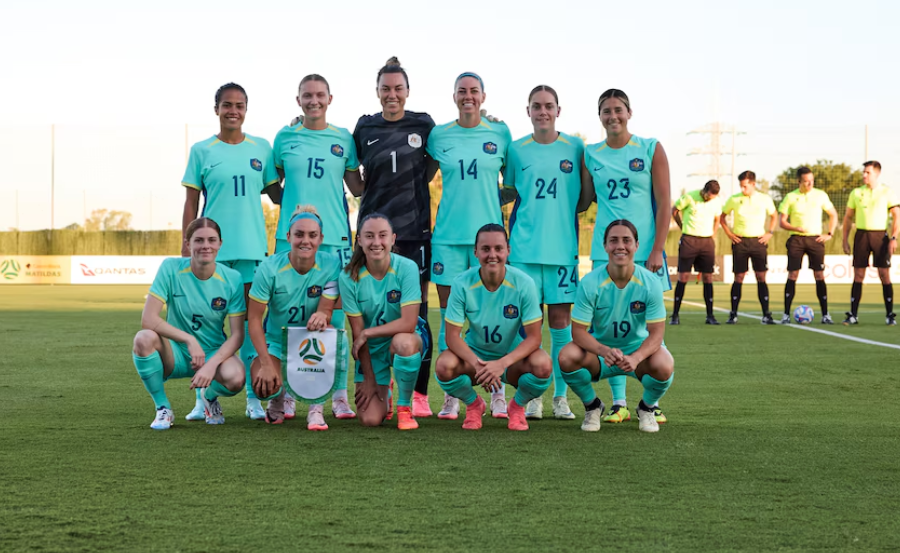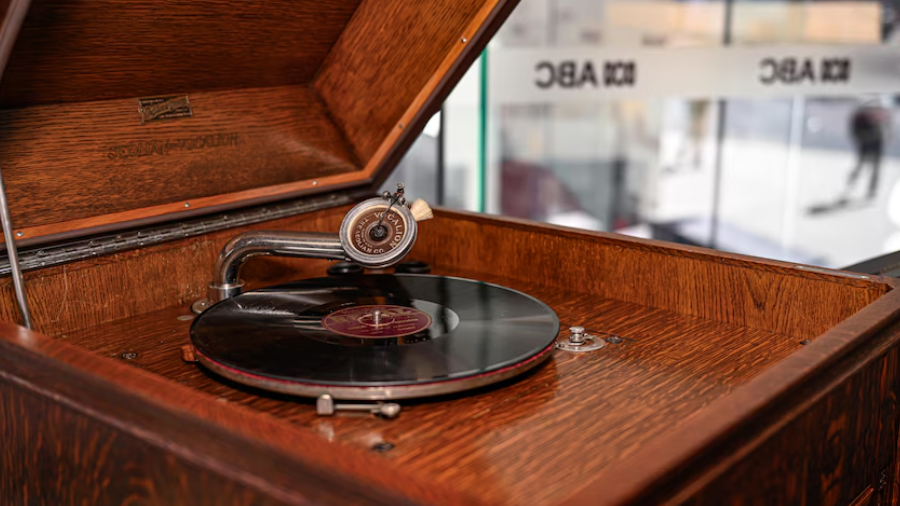Australian artist Patricia Piccinini tells Virginia Trioli about her conservationist’s heart on Creative Types

Patricia Piccinini stands before her monumental work of springtime-coloured panels at the entrance to Melbourne’s new underground train station at Parkville, and regards the piece with the same affectionate and maternal eye she has for all her creatures.
It’s called Vernal Glade, and is comprised of more than 500 handmade and individually fired and coloured tiles of Japanese clay. The work is now permanently installed on the entrance wall — a warm greeting to the traveller as they descend into the station, which will open to the public next year.
“I imagined what commuters would like is this immersion in the energy of this colour field,” Piccinini explains.
“The energy of these colours is really calming and soothing and replenishing. They’re these beautiful verdant greens and yellows and pinks that represent new life on trees of new fruit. And I just thought this would be something that they could feel good about and then go on their way.”
Goodness is at the heart of Piccinini’s more-than-30-year practice, which has seen her produce works that are both much-loved and sometimes quite divisive.
She is the mother of Skywhale and of major pieces including the celebrated Kindred and Big Mother – creatures that are an unnerving combination of human, animal and a possible medical future that seems all too close.
Piccinini calls her creations “chimeras”, drawing from the ancient Greek concept of mythical hybrids that are part human, part animal. But her creatures, often nursing mothers or brooding parents, are always presented as caring, benign, good: Unlike Frankenstein’s monster, Piccinini’s creations are never a threat.
“Frankenstein didn’t love his monster, and that’s why he came back and wreaked havoc and killed everyone,” says Piccinini.
“I want people to love my creation. I want them to empathise with her, to be compassionate, and ultimately that could lead to care for her and her situation and ultimately the situation in the real world.”
In a new episode of Creative Types, Piccinini takes me through the history and elaborate creation process of her work, much of which is, at any one time, on exhibition at various galleries and museums around the world.
Piccinini’s project is driven by a paradoxical fascination with both the frontiers of science and its potential and a fear for what our use of the world has meant for nature and its animal residents.
She has a conservationist’s heart in the body of an optimistic scientist.
“When I make my work, I’m actually not trying to critique innovation in technology in a negative way,” she says.
“I’m interested in what this innovation means to us. I know it will bring good things. I wanted it and still want it for other families and indeed my own family.”
Piccinini’s interests in science and art emerged at around the age of 13, when her mother was diagnosed with stomach cancer that moved into her pancreas. Piccinini’s mother was given a dire prognosis, and her daughter’s mission was born.
“I understand what it’s like to be at the mercy of technology. I would’ve done anything—my whole family would’ve sold their house, done anything to get a replacement organ,” she explains.
“I was just waiting for a technology that could put an end to this cancer story that could eradicate those cells, put her out of her misery, let us be carefree and live as a normal family.”
In the end, science failed her, and Piccinini’s mother died 13 years after her diagnosis. By that time, technology and its use in DNA research, cloning and genetic innovation had claimed Piccinini’s attention.
Her work sprang from the imaginative place that could see a future, albeit an anxious one, from these brave new worlds.
“All these works … are from a different world, but it’s a world that has a proximity to ours, in that they have to be conceivable. They have to have the potential that we could create them. That’s why they have a lot of humanness in them as well … we need to be able to relate to them,” Piccinini says.
Fascinatingly, Piccinini’s work is hugely popular with younger Australians in particular: She is on school curricula and enjoys an Instagram following of more than 110,000 – almost ten times more than some mainstream media outlets. Younger people here and overseas, where Piccinini enjoys huge popularity, just get her. But why?
“Because I’m talking about their world,” she says.
“This is the world they inhabit, where the distinction between the natural and the artificial is not so important: It’s blending already and in good ways.
“We see that in the blending of gender, and that’s been a wonderful happening. But also, in other ways with AI. And they’re not afraid of it.”
SOURCE: ABCNEWS





